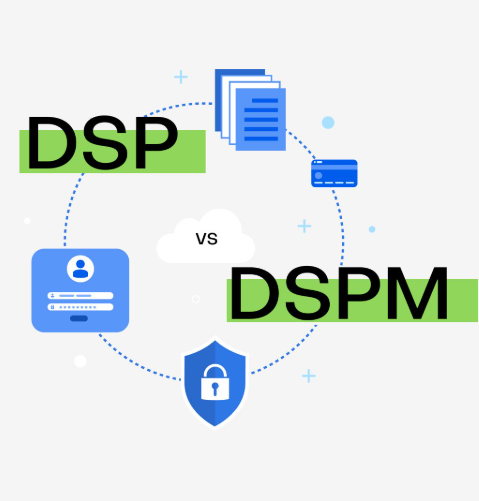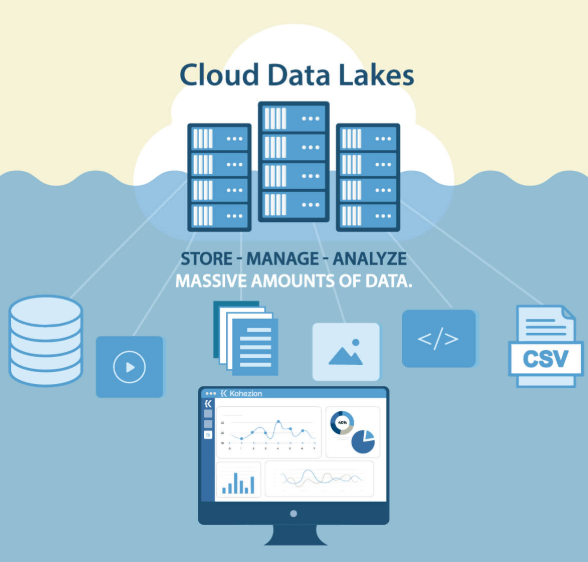
In the modern business landscape, large enterprises are constantly generating and storing vast amounts of data. While this data can provide valuable insights, an ever-growing data footprint can lead to a range of challenges. For companies focused on improving efficiency, enhancing security, and supporting sustainability, reducing their data storage footprint has become a necessity. In this blog, we’ll dive into why minimizing data storage is crucial for large businesses, exploring the financial, risk management, cybersecurity, and environmental aspects.
The High Cost of Data Storage
Data storage is a significant cost for many enterprises. As the volume of data increases, so do the costs associated with storing, managing, and securing it. Research shows that businesses can allocate up to 30% of their IT budgets just for data storage needs. This includes not only the cost of physical storage but also the expense of data management tools, ongoing maintenance, and dedicated staff.
By reducing the data footprint, organizations can cut these expenses significantly. Implementing an effective data governance strategy focused on data minimization can lead to considerable savings. Regularly auditing data to remove duplicates, archiving less frequently accessed data, and ensuring only relevant information is kept are all practices that contribute to reducing costs.
Managing Risk Data
Another key concern for large enterprises is the management of risk data, or information that could potentially expose the organization to legal or compliance risks. Excessive data storage increases the chances of keeping sensitive data that may lead to compliance issues or lawsuits. With regulations such as GDPR and CCPA, businesses are required to handle personal data with great care to avoid hefty penalties.
Reducing the data footprint enables organizations to manage these risks more effectively. By implementing clear data retention policies, companies can ensure that only critical data is stored, thus minimizing exposure to legal risks and improving compliance with regulatory standards.
Cybersecurity Risks and the Attack Surface
As data volumes grow, so too does the attack surface for cybercriminals. Each additional piece of data stored becomes another potential vulnerability. In 2022, the average cost of a data breach was estimated at $4.35 million, underscoring the financial impact of inadequate data security.
A smaller data footprint means fewer potential vulnerabilities for hackers to exploit. By reducing the amount of stored data, organizations can strengthen their cybersecurity defenses. Utilizing measures like data anonymization and encryption for sensitive data not only provides stronger protection against breaches but also limits the potential damage if an attack occurs.
Environmental Impact of Data Storage
Beyond financial and security concerns, the environmental impact of data storage is an increasingly important issue. Data centers consume large amounts of energy, which contributes to carbon emissions and environmental degradation. In 2020, data centers accounted for approximately 1% of global electricity demand, a figure expected to grow in the coming years.
Reducing the data footprint allows enterprises to support sustainability initiatives. Storing less data means fewer servers are required, leading to lower energy consumption and a reduced carbon footprint. By adopting eco-friendly data management practices, businesses can improve their corporate social responsibility (CSR) efforts while contributing to a greener environment.
Conclusion
For large enterprises, minimizing the data footprint is crucial for more than just efficiency; it’s a strategic move to reduce costs, mitigate risks, enhance cybersecurity, and support environmental sustainability. By adopting effective data governance practices and prioritizing data minimization, businesses can navigate the complexities of data management while enjoying significant benefits across financial, security, and environmental areas.


































































